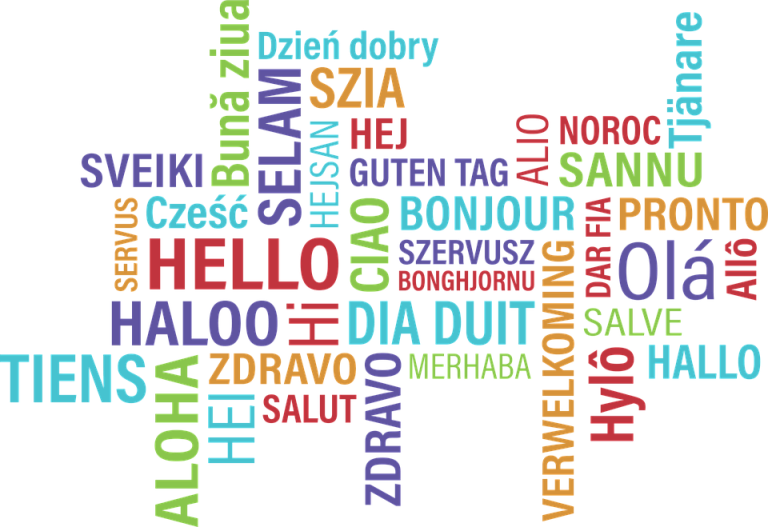Intercomprehension
Intercomprehension (IC) is a way of communicating between two (or more) people who do not have the same first language, where each person speaks their own language, but is able to understand the other. Generally, each person uses their mother tongue, but another language of proficiency can also be employed. This mutual understanding allows each person to feel at ease, while respecting the other speaker’s cultural background and identity.
This ancient and natural way of communicating became a didactic approach in the 20th century, first in the Scandinavian countries, then among Romance languages. Today, teachers, academics and researchers are working to spread it more widely, among and across other language families.
Foreign language teaching seeks to develop different competencies in learners, including the skill of 'understanding'. This involves comprehending what is either said or written in the new language.
In language didactics, "pluralistic approaches", of which intercomprehension is one, are those where several languages are taught simultaneously. In IC, pupils learn to understand both written and spoken discourse in multiple languages; this starts with languages which belong to their own family (e.g. Germanic or Romance), and includes comparing and contrasting them with their mother tongue.
IC makes it possible to acquire and practice receptive skills in languages that one has not learned to speak. It builds vocabulary, both through exposure and through reflection on similarities and differences across languages. It builds recognition of semantic structures and morphological patterns, as students read and hear them on many occasions and in different contexts.
Many language teachers see intercomprehension as a springboard to subsequent learning of those languages. In fact, once students have learned to understand written and spoken forms in an IC course, they will then pick up speaking and writing these languages more easily and successfully.
Thus, intercomprehension is an ethical and equitable communication mode, respectful of diversity. It is certainly an interesting avenue for communication today and tomorrow between Europeans, but also beyond European borders.

